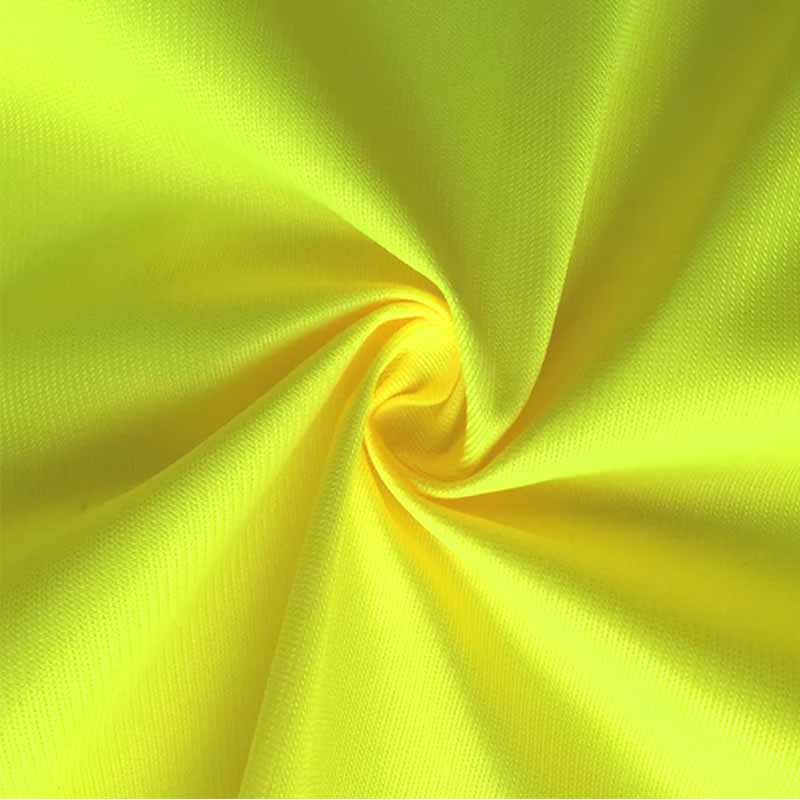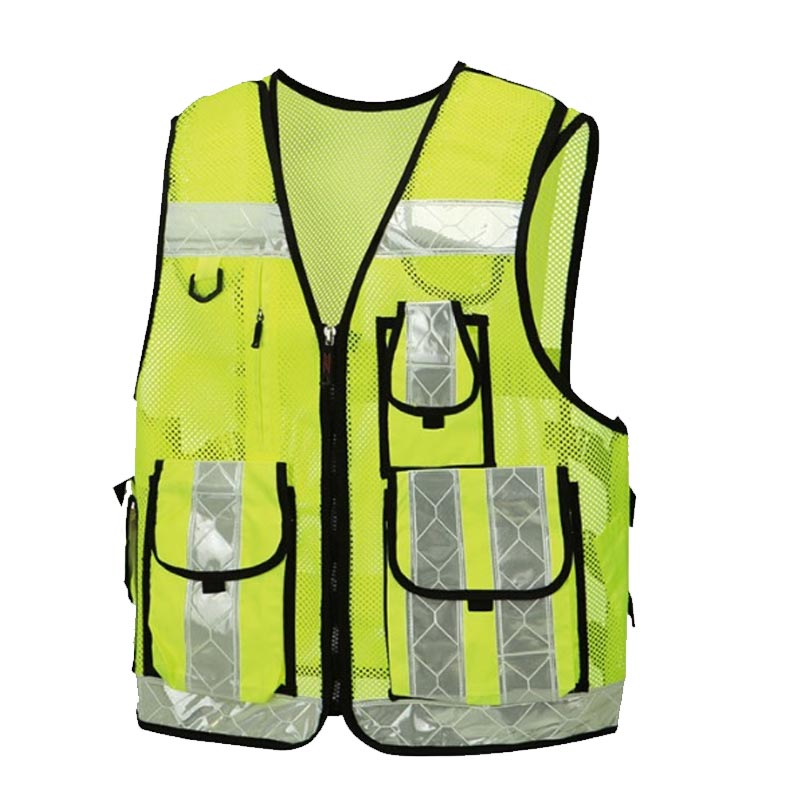Reflective clothing, also known as high visibility clothing, is a type of clothing that is designed to make the wearer more visible in low light or dark conditions. This type of clothing is often worn by workers in industries such as construction, transportation, and emergency services, as well as by pedestrians, joggers, and athletes who need to be visible while training or competing in low-light conditions.
Reflective Clothing: reflective materials
So, how does reflective clothing work? Essentially, reflective clothing works by reflecting light back to its source, making the wearer more visible to others. When light hits a reflective surface, it bounces off the surface at the same angle it hit the surface, but in the opposite direction. This is known as the law of reflection. This is achieved through the use of reflective materials, which are sewn or attached to the clothing in strategic locations.

There are several types of reflective materials that can be used in reflective clothing, including reflective tape, reflective fabric, and reflective ink. Each of these materials works differently to reflect light and make the wearer more visible.
Reflective tape is a thin, flexible material that is coated with a highly reflective layer. It is often used on safety vests, jackets, and other types of clothing to make the wearer more visible from a distance. Reflective tape works by reflecting light back to its sources, such as the headlights of a car or the beam of a flashlight.
Reflective fabric is a type of fabric that is coated with a reflective layer or infused with reflective fibers. It is often used in athletic clothing, such as running jackets and pants, to make the wearer more visible while exercising in low-light conditions. Reflective fabric works in much the same way as reflective tape, reflecting light back to its source to make the wearer more visible.
Reflective ink is a type of ink that is infused with reflective particles. It is often used to print logos, text, or other designs onto clothing and other products. Reflective ink works by reflecting light back to its source, making the printed design more visible in low-light conditions.
Overall, reflective clothing works by reflecting light back to its source, making the wearer more visible and increasing their visibility in low light conditions. This is achieved through the use of reflective materials, such as reflective tape, reflective fabric, and reflective ink, which are sewn or attached to the clothing in strategic locations.
In addition to reflective materials, reflective clothing may also include other features to improve visibility. For example, some types of reflective clothing may include reflective stripes or patterns, which are designed to catch the attention of people in the surrounding area. These stripes or patterns may be made from reflective tape, reflective fabric, or reflective ink, and are typically placed in areas of the clothing that are most likely to be seen by others.
Reflective Clothing: fluorescent colors
Another common feature of reflective clothing is the use of fluorescent colors. Fluorescent colors are bright, vibrant colors that are highly visible even in low-light conditions. They have the ability to glow or fluoresce under certain conditions. They are made from materials that absorb light energy in the ultraviolet (UV) or blue region of the spectrum, and then re-emit that energy as visible light.
Fluorescent colors are created by adding special pigments called “fluorescent dyes” to a substance. These pigments are made of molecules that contain atoms of certain elements, such as sulfur or nitrogen, that are able to absorb UV or blue light and then re-emit it as visible light. When these pigments are exposed to UV or blue light, they absorb the energy and become excited. When they return to their ground state, they release the absorbed energy as visible light. This process is called fluorescence.
Fluorescent colors are used in a variety of applications, including paints, inks, and clothing. They are often used in safety and emergency situations because they are highly visible and can be seen from a distance. Fluorescent colors are often used in combination with reflective materials to increase the visibility of reflective clothing even further.



Other types of reflective gear
It’s also worth noting that reflective clothing is not just limited to clothing items. Reflective materials can also be used on other types of gear, such as shoes, hats, and bags, to make them more visible in low-light conditions. This can be especially important for pedestrians, joggers, and athletes who need to be visible while using these items.



Conclusion
Overall, reflective clothing is an important tool for increasing visibility and safety in a variety of settings. It works by reflecting light back to its source, making the wearer more visible to others. This is achieved through the use of reflective materials, such as reflective tape, reflective fabric, and reflective ink, which are sewn or attached to the clothing in strategic locations. Whether at work, on the road, or during recreational activities, reflective clothing can help to make people more visible and reduce the risk of accidents in low-light conditions.





